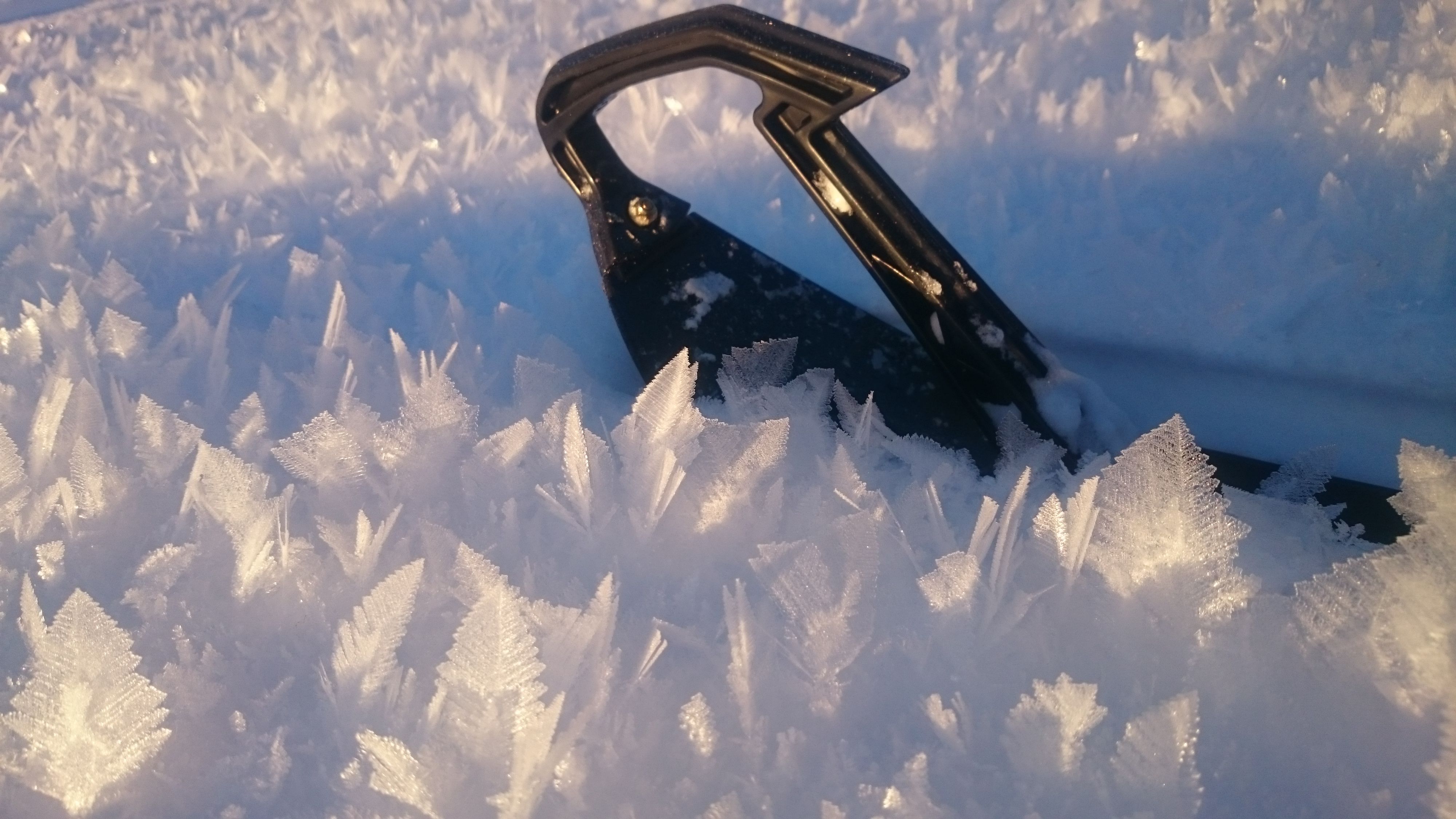How Do Avalanches Form?
The weather is the ultimate driver of avalanche conditions and determines how the snowpack develops. The snowpack is not a uniform mass of snow; it consists of layers deposited by storms. Different weather creates different types of layers. As they accumulate, a complex snowpack develops with stronger and weaker layers.
Snow crystals within the snowpack change over time, and these changes are also affected by weather. Some weather patterns tend to make crystals bond better to each other, strengthening the layers within the snowpack. Other weather patterns do the opposite, making layers less cohesive and resulting in a weaker snowpack.
Slab avalanches require a weak layer in the snowpack that is overlaid by a slab of stronger snow above.
Loose snow avalanches are associated with poor bonds between grains within a layer.
Cornice avalanches can be caused by a weak layer or when even relatively strong bonds between grains are broken due to the stress of overhanging, unsupported snow.

Dig Deeper: Weak Layers +
Weak layers can take many forms:
Storm Snow

Surface Hoar

Facets

Depth Hoar

Crusts
